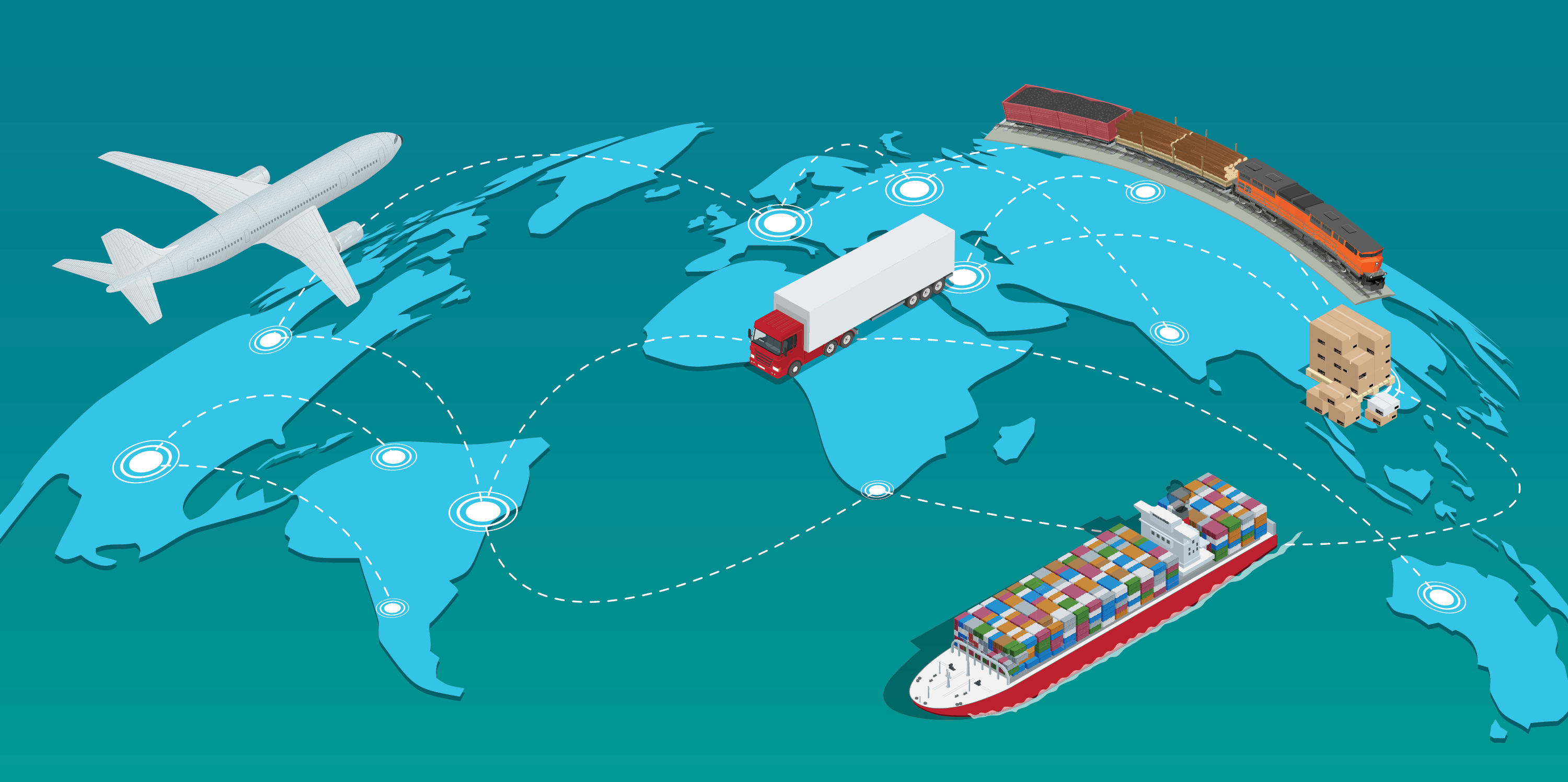Digitising trade: challenges and solutions
Authors

Shannon Manders,
Editorial Director, Global Trade Review magazine

Mila Harger,
Cash and Banking Head, British American Tobacco

Carl Wegner,
CEO, Contour

Steve Elms,
Global Head of Trade Sales and Client Management, Treasury and Trade Solutions, Citi
The use of digital solutions in trade finance is increasing, in part due to the disruption to world trade caused by the pandemic. While there are hurdles ahead, the future of trade finance is beginning to take shape. Earlier this year, Citi hosted a webinar to discuss the challenges and opportunities corporates and their financial partners face in the journey to digitise trade. It featured participants from Contour, British American Tobacco (BAT) and Global Trade Review (GTR).
The journey to digitise international trade has been gathering momentum for some time now, with new technology and processes to help streamline trade finance being increasingly adopted by the industry.
Until recently, the support and application of such technologies has been somewhat siloed and disjointed. A consequence of the COVID-19 pandemic, however, is that developments in this space have been turbo-charged.
For corporates, the pandemic has caused significant physical hurdles – including businesses being unable to provide paper documents and wet signatures when completing trade transactions. The result has been an acceleration in companies re-evaluating their processes, with many looking to be brought up to date.
Those that had resisted change – perhaps due to the cost implications – are finally coming around to the inevitable lure of digitisation. Necessity is proving to be the mother of invention. There is now a drive towards collaboration and innovation.
“Having a digital strategy is no longer an option,” commented Carl Wegner, CEO of global trade network Contour. “If a business doesn’t have a digital strategy, it may not be around in the future.”
Opportunity for change
Yet this change out of necessity ignores the abundant opportunities digitising supply chains can bring. For instance, digitising important trade documents such as letters of credit (LC), which is fundamental in setting out roles and responsibilities in the payment process, and bills of lading (BL), presents the opportunity to incorporate various parties along the supply chain in a single, automated process – driving end-to-end efficiency and streamlining traditionally labour-intensive operations.
In an increasingly digitally-dependent world, such developments also nullify the need for face-to-face interaction and enable documentation to be processed quicker, rendering the supply chain more resilient in the event of physical disruptions.

Headwinds to progress
While the potential for change leaves room for optimism, there are still challenges to be dealt with. A lack of standardisation – both in terms of regulation and the interoperability of technology – means there is still a long way to go with regard to optimising market adoption. For instance, while many organisations have been working on developing solutions for some time, these are not necessarily compatible with newer solutions in the market.
As such, larger institutions that bear the burden of legacy technology face additional hurdles when it comes to adopting a more up-to-date framework without compromising the time and money already invested in digitising systems and data.
In addition, the absence of cross-jurisdictional policy means that the streamlining of the numerous checks and verifications required on transactions remains subject to bureaucracy.
“If you are trying to work in multiple jurisdictions, there are always going to be permutations and there can be lot of overhead to manage that,” said Mila Harger, Head of Cash and Banking at BAT. “If there aren’t industry standards, you’re having to test the waters each time, whereas if you have those standards and interoperability, it makes it a lot smoother.”
Naturally, the legal costs entailed in creating a framework that is secure, compliant with current regulation and can be implemented across jurisdictions are sizeable. And, for the time being, adoption is largely dependent on the risk appetite of a corporate’s auditors and legal team.

Navigating the future
Given the scope of change necessary to create a truly international, digital trade experience, teething problems are to be expected. But there are technology solutions that can facilitate the process of widespread adoption.
With regard to optimising the sharing of data, distributed ledger technology (DLT), such as blockchain, is an important development – largely because of the security it can provide but also because it enables end-to-end visibility in the supply chain.
This allows companies and financial institutions to collaborate much more closely than previously possible and can be programmed to take into account geopolitical issues, regulation and data privacy concerns. And while this does not solve the issue of interoperability on its own, application programme interfaces (APIs) allow structured data to be transferred from older legacy systems to newer, more flexible platforms.
Another aspect proving vital to amassing scale – particularly among the most successful platforms – is collaboration.
“The bigger the network is, the more powerful it is”, said Wegner. And while in the past, businesses would have focused on keeping a new concept exclusive in order to maximise commercial benefits, today the most successful platforms are consortiums, which combine the expertise of a much larger group of companies in order to boost innovation.
For corporates, this means onboarding the initial costs and challenges in the short-term in order to optimise the longer-term outcome.
“Essentially, now is not the time to be cutting your digital spend because we know it’s going to be so critical to businesses moving forward”, added Shannon Manders, Editorial Director at GTR.

The role of banks
While digitising the trade space is very much a collaborative effort, banks are pivotal to the pace of change. By stepping forward and investing significantly in this evolution, banks are leading transformation in the trade finance industry – both in terms of leveraging their existing systems and supporting businesses in the adoption of new technologies.
“We are committed to meeting the spectrum of our clients’ needs as the digital trade landscape develops,” commented Steve Elms, Global Head of Trade Sales and Trade Client Management, Citi. “That means having a thorough understanding of their businesses, and providing advice, expertise and effective solutions to help optimise their digital evolution.”
A leader in trade finance, Citi is playing an important role in innovation, integrating digital solutions into its processes to provide seamless and efficient banking systems. With dematerialisation vital to the future of today’s supply chains, the bank is heavily invested in leveraging its capabilities – both in-house and through its partnerships with leading fintechs – in order to accelerate the move towards a connected, fully-digitised future.